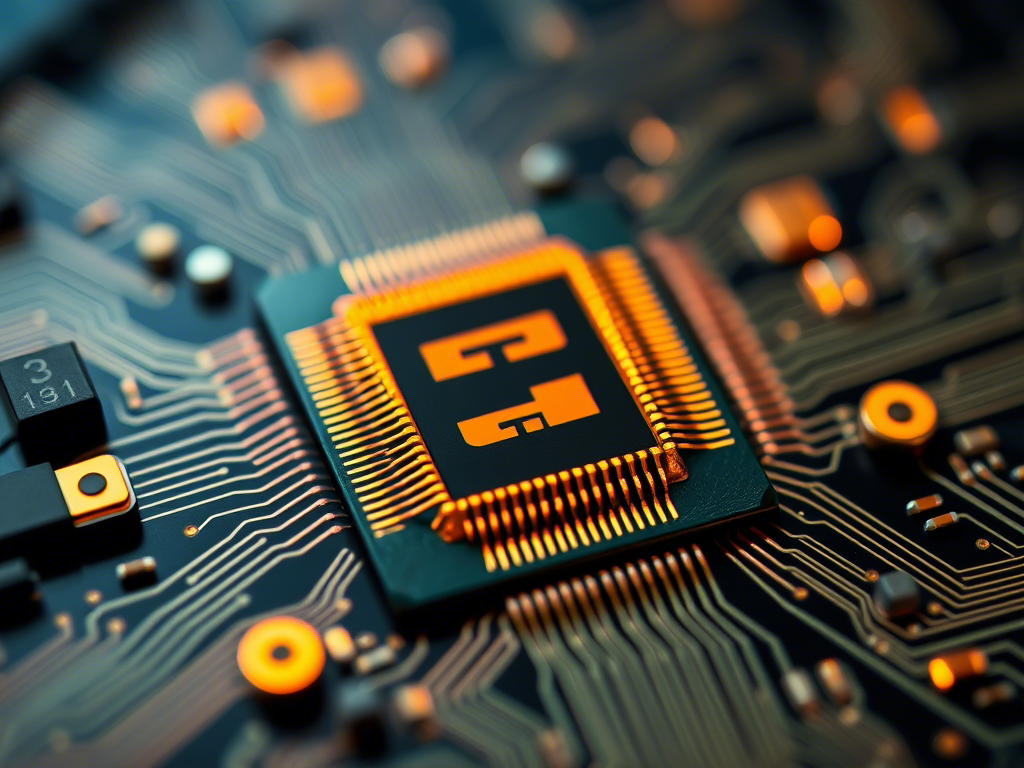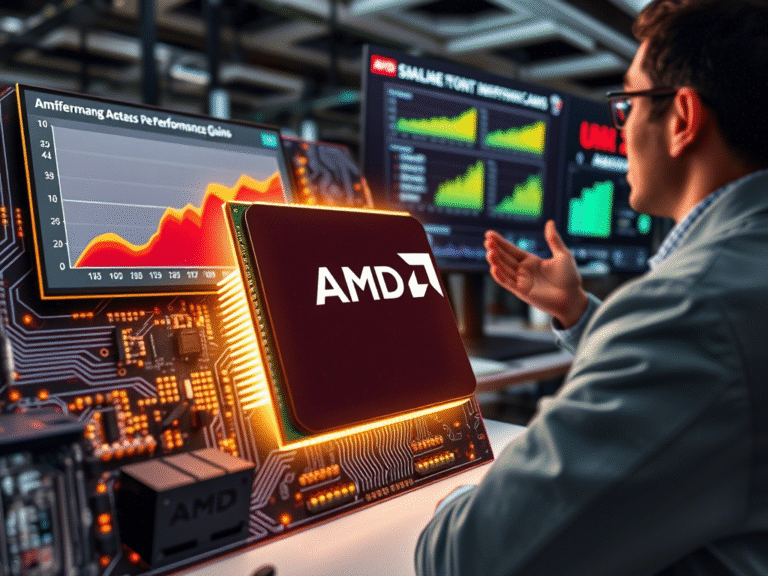
95% Drop in Western Chip Imports to Russia Reported
According to Russia’s Federal Customs Service (FCS) , as cited by leading business publication Kommersant , imports of Intel CPUs into Russia plummeted by 95% in 2024 compared to 2023, while AMD processor imports dropped by 81% . Total chip deliveries reportedly amounted to just 37,000 units , valued at 439 million rubles , down from 537,000 units worth 6.3 billion rubles the previous year.
These figures come despite the well-documented continuation of Western sanctions on high-tech exports to Russia following its invasion of Ukraine in 2022. While official import numbers appear to reflect compliance with those restrictions, experts note that a thriving black market continues to supply advanced Western semiconductors to Russian firms and government entities.
Hong Kong remains a major transit point for smuggled chips bound for Russia, with reports suggesting that billions of dollars worth of banned components have passed through seemingly innocuous addresses. Similarly, some Indian companies have been found involved in indirect shipments, sourcing U.S.-made AI chips via Malaysia before rerouting them to Russia.
This underground supply chain has allowed Russian industries — including defense contractors — to maintain access to restricted technologies. Some of these components are suspected to end up in military systems deployed in Ukraine , raising concerns among Western policymakers about the effectiveness of current export controls.
Despite official reports showing a steep drop in Intel and AMD processor imports, many Russian companies claim there is no chip shortage — and that component supplies have actually increased for the third consecutive year .
Artur Timerbulatov, Business Development Director at a Russian IT equipment supplier, told Kommersant that processor availability remains stable , with no significant supply issues. He did note, however, that some foreign manufacturers have signaled plans to raise prices by 10% to 12% , citing inflation and the ongoing trade tensions between the U.S. and China .
Timerbulatov also questioned the accuracy of the Federal Customs Service (FCS) data, suggesting it doesn’t reflect the real state of the market. Similarly, Anton Gromov , another tech executive, pointed out that “processors” often don’t appear directly on delivery manifests — implying that alternative sourcing methods obscure their true volume in the supply chain.
Gromov added that while some price increases have occurred, they’ve been minimal overall, with prices for popular CPUs remaining largely unchanged .
Sanctions Seen as Ineffective
These accounts suggest that U.S. export bans and sanctions targeting Russia — and increasingly China — are having limited impact on the ground. Many private and government experts now argue that efforts to restrict advanced chip flows are failing , often described as a “fool’s errand” given the complexity of global supply chains.
Furthermore, enforcement of these controls has been criticized as outdated and overly reliant on voluntary compliance from semiconductor firms — many of which operate across multiple jurisdictions and may lack incentive or ability to fully enforce restrictions.
The situation underscores the growing challenge for Western governments in using export controls as a geopolitical tool , especially when alternative routes — whether through intermediaries, smuggling networks, or rebranding tactics — continue to keep high-tech components flowing into restricted markets.





